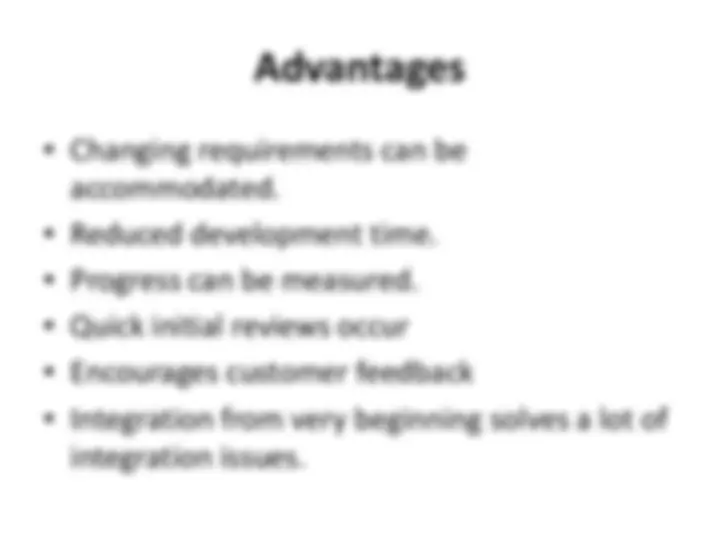











Study with the several resources on Docsity

Earn points by helping other students or get them with a premium plan


Prepare for your exams
Study with the several resources on Docsity

Earn points to download
Earn points by helping other students or get them with a premium plan
Community
Ask the community for help and clear up your study doubts
Discover the best universities in your country according to Docsity users
Free resources
Download our free guides on studying techniques, anxiety management strategies, and thesis advice from Docsity tutors
Software development models are structured approaches or methodologies used to plan, design, develop, test, and deploy software systems. Each model outlines specific phases, activities, and deliverables, guiding the software development process. Below is a description of several popular software development models:
Typology: Slides
1 / 17

This page cannot be seen from the preview
Don't miss anything!










Each phase has corresponding test or validation counterpart Requirements Analysis System Design Program Design Implementation Unit Test Integration Test Acceptance Test
Requirements Gathering Requirement Analysis - The requirements documents are analyzed and validated and scope of testing is defined. Designing Test Planning, Analysis and Design - Defining test specifications, analyses and reviewing of requirement documents, risk analysis reports and other design specifications. Coding Test Case Development, Test Environment Setup - Involves the test case creation, test data and environment setup. Testing Test Execution - Involves manual and automated test case execution and result logging. Deployment Exit Criteria Evaluation, Resporting and Test CLosure - Involves checking if all the project deliverables are delivered, archiving the testware, test environment and documenting the learnings. Maintenance Maintenance testing - Testing required after an upgrade, correction or any change in the software under maintenance.